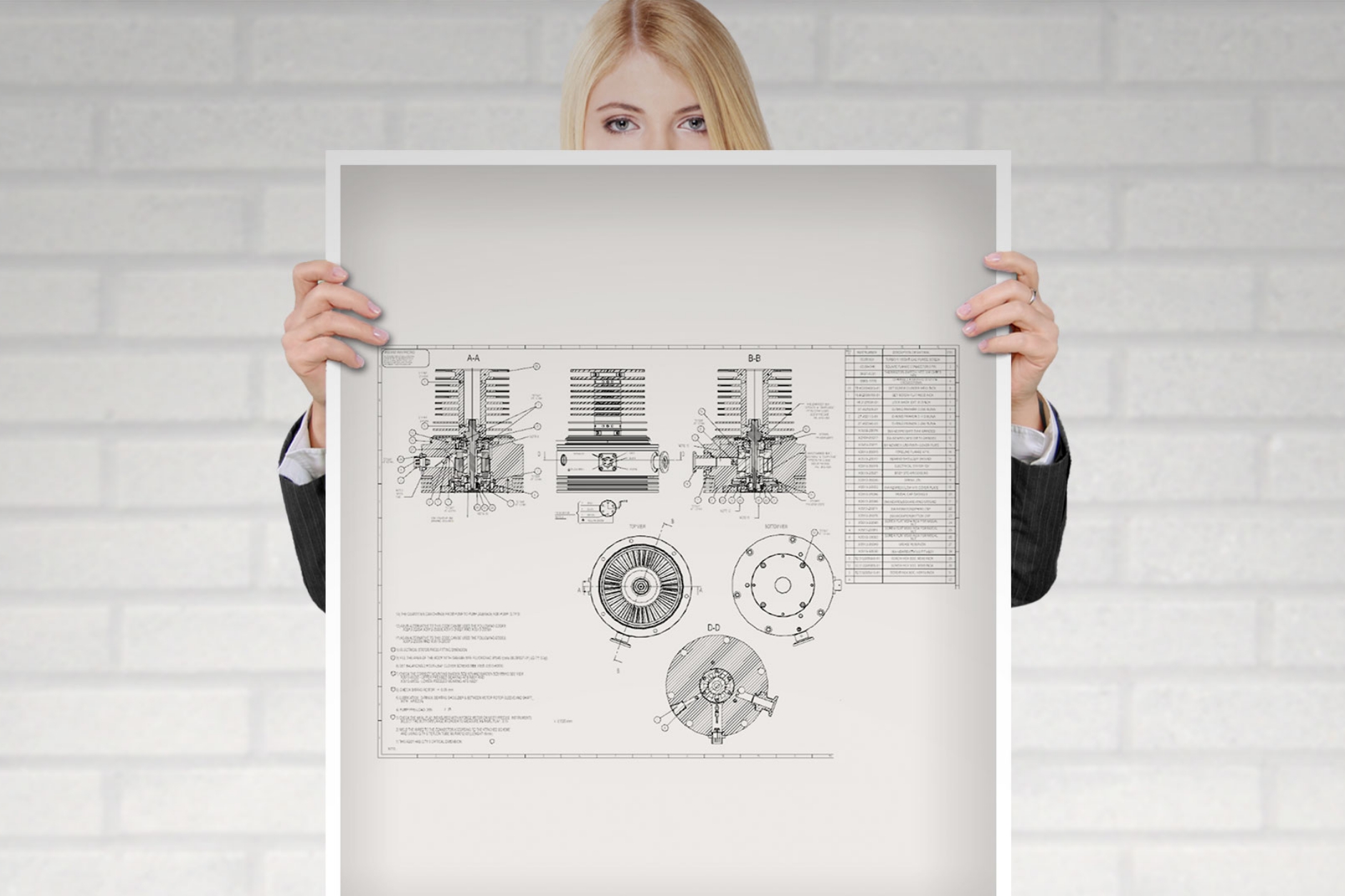This PLM Purchasing Guide was created with the intention of giving business leaders a decision-making support when you want to introduce a PLM system in your company. The following steps are therefore to be seen as a tool for a knowledge-based decision. Knowledge-based decision-making is a methodology that consists of a combination of collaboration, counseling and empirical evidence. It is used for easier assessment of complex decisions.
Requirements
Project Manager:
The project manager is responsible for the collection of all relevant information and is to provide advice in the decision-making process. It is the central point of entry for all eligible PLMs and can be the internal link for different departments. Its role does not have to be the main decision maker at the same time.
Key Performance Indicators:
Define KPIs for your PLM. It is important to work out and prioritize the key figures before starting your search for a PLM system.
Sustainable thinking:
PLM solutions are always part of corporate culture, so it is important to think about a long-term partnership rather than a quick solution. Keep in mind that the introduction of a PLM solution does not just mean installing an application. Rather, it is about an efficient solution. The search for the right PLM system should therefore follow a holistic approach, focusing on infrastructure, technical support and / or account management.
The factor time:
Finding the right solution and thus the best "tool" for the company is not an easy task. A sufficient time window is a must in order to prepare the project comprehensively, to identify the key figures or processes and to adapt them to your own organization.
7 steps to success
- What is the benefit and function of a PLM solution?
It is always important to know the software solution in its full width and depth. Even if the answer is all-encompassing and there are areas in the software that are not relevant to the company at this time, a complete understanding of the solution in future projects or company positioning allows a significant advantage.
► What to look for: The PLM system should be able to manage projects, monitor (report tools), provide communication tools, and be user-friendly.
- How can the solution support the standardization of processes or consolidate existing business or IT applications?
A strong PLM should be able to simplify processes so that employees can fully concentrate on their core business. Standardized processes ensure the necessary efficiency and facilitation.
► What to look for: PLM solutions that have the ability to use workflows and tailor them to your business.
- Wie kann die neue Lösung bestehende Multi-CAD Umgebungen unterstützen?
A PLM solution, which is intended to cover the entire company in the future, must support the existing infrastructure. Thus, investments already made are not lost.
► What to look for: The PLM system should be able to integrate existing CAD solutions or make them compatible through upgrades.
- How long should the introduction take?
The most challenging part in the introduction of a new PLM system is the time it takes to make it usable. As soon as this is not checked, there is the possibility that resources will be wasted or other processes come to a standstill. Without an accurate timetable for the implementation, the efficiency target can not be achieved, resulting in additional costs.
► What to look for: Solution provider of PLM systems that present a specific plan, which is tailored to the respective company.
- How can the new system adapt to growth?
The PLM solution should scale with growing requirements but also help to generate growth. It is part of the progressive development of the company and not just fellow travelers.
► What to look for: The PLM system should be as flexible as possible in its design in order to be able to react quickly to growing requirements in the company.
- How can the proposed PLM system be integrated into existing processes?
Most of the PLM systems available on the market are gener- ally designed to support all types of companies from machine construction to aircraft construction. For one's own business, it is important to choose a system that fits one and not for everyone.
► What to look for: A fully adapted solution is often better than different variants of a system.
- How does the PLM system support collaboration along the supply chain?
The most efficient PLM system takes into account that the company may operate internationally and vertically across several service levels.
► What to look for: The decision should be for the PLM system, which can portray multiple organizations, users, and products along the supply chain.
Literature:
 Product Lifecycle Management: Ein Leitfaden für Product Development und Life Cycle Management
Product Lifecycle Management: Ein Leitfaden für Product Development und Life Cycle Management
 Das PLM-Kompendium: Referenzbuch des Produkt-Lebenszyklus-Managements
Das PLM-Kompendium: Referenzbuch des Produkt-Lebenszyklus-Managements








